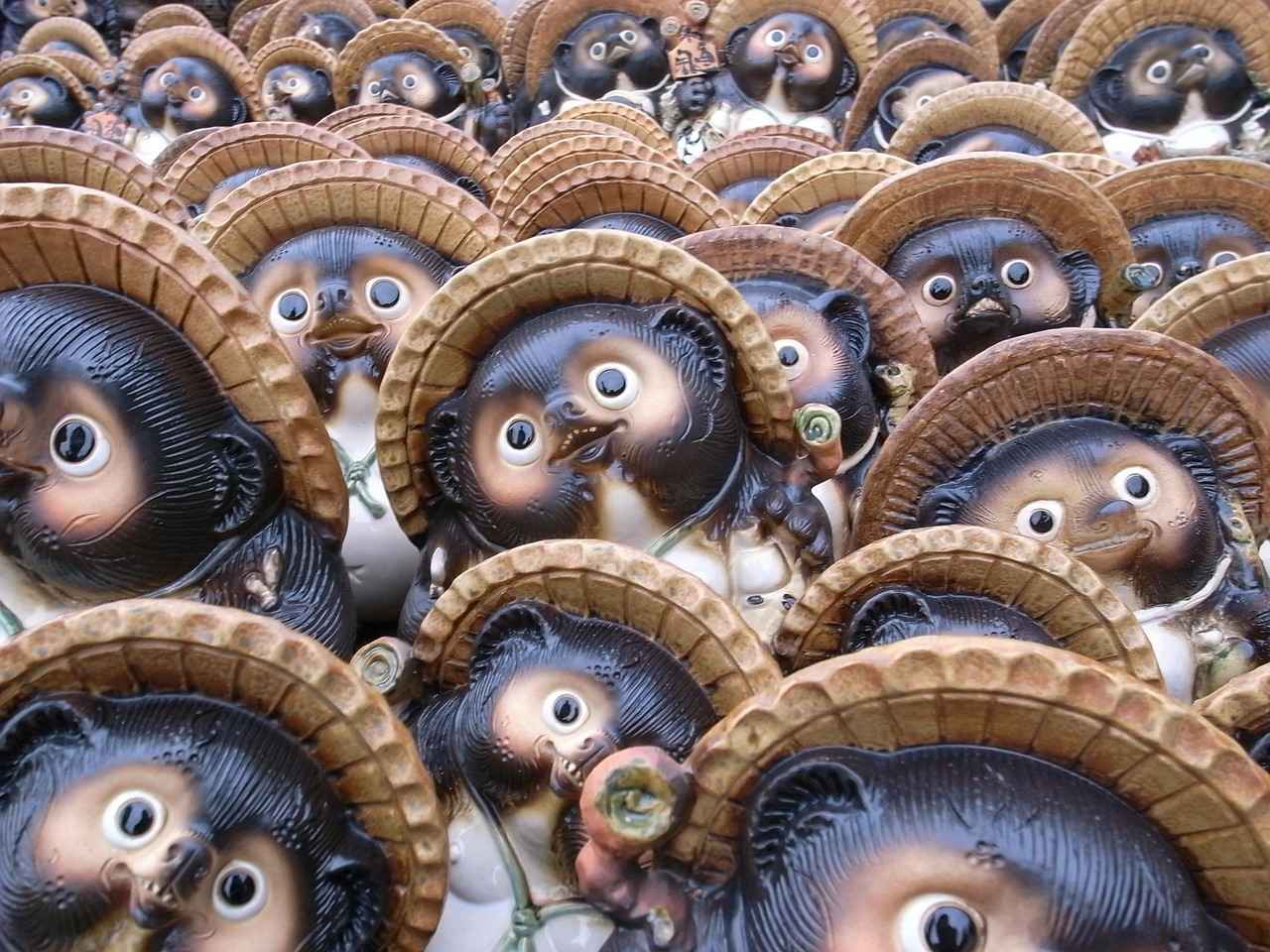This article delves into the intricate character development of Shigaraki Tomura, focusing on his transformation into a formidable antagonist within the My Hero Academia universe. The exploration includes his motivations, powers, and relationships that contribute to his complex persona.
The Origins of Shigaraki Tomura
Understanding Shigaraki’s backstory is essential for grasping his motivations. Born as Tenko Shimura, he faced a traumatic childhood that was marked by familial neglect and loss. These experiences significantly influenced his worldview, leading him down a path of villainy.
The Quirk: Decay Explained
Shigaraki’s quirk, Decay, is a defining aspect of his character. This ability allows him to disintegrate anything he touches, symbolizing his inner turmoil and desire for destruction. The implications of this quirk in battles are profound, showcasing his strategic thinking and enhancing his villainous persona.
Relationship with All For One
Shigaraki’s connection with All For One is pivotal in his evolution. This mentor-student dynamic not only shapes Shigaraki’s ambitions but also serves as a catalyst for his growth as a villain.
The Role of Trauma in Shigaraki’s Development
- Family Trauma: The loss of his family instills a deep-seated hatred for heroes and society.
- Societal Rejection: Shigaraki’s feelings of isolation further contribute to his villainous path, influencing his decisions and actions.
Shigaraki’s Role in the Villain Alliance
As a key figure in the League of Villains, Shigaraki’s leadership and vision are crucial. His interactions with fellow villains, such as Dabi and Toga, reveal the depth of his character and his influence within the group.
Shigaraki’s Ultimate Goals
Shigaraki’s ambitions are clear: he seeks to dismantle hero society and create a new world free from its constraints. This ideology drives his actions and shapes the overarching narrative of My Hero Academia.
The Future of Shigaraki in My Hero Academia
As the series progresses, Shigaraki’s character continues to evolve, raising questions about potential redemption and his impact on the series’ climax. His actions may ultimately shape the fate of both heroes and villains in this epic tale.
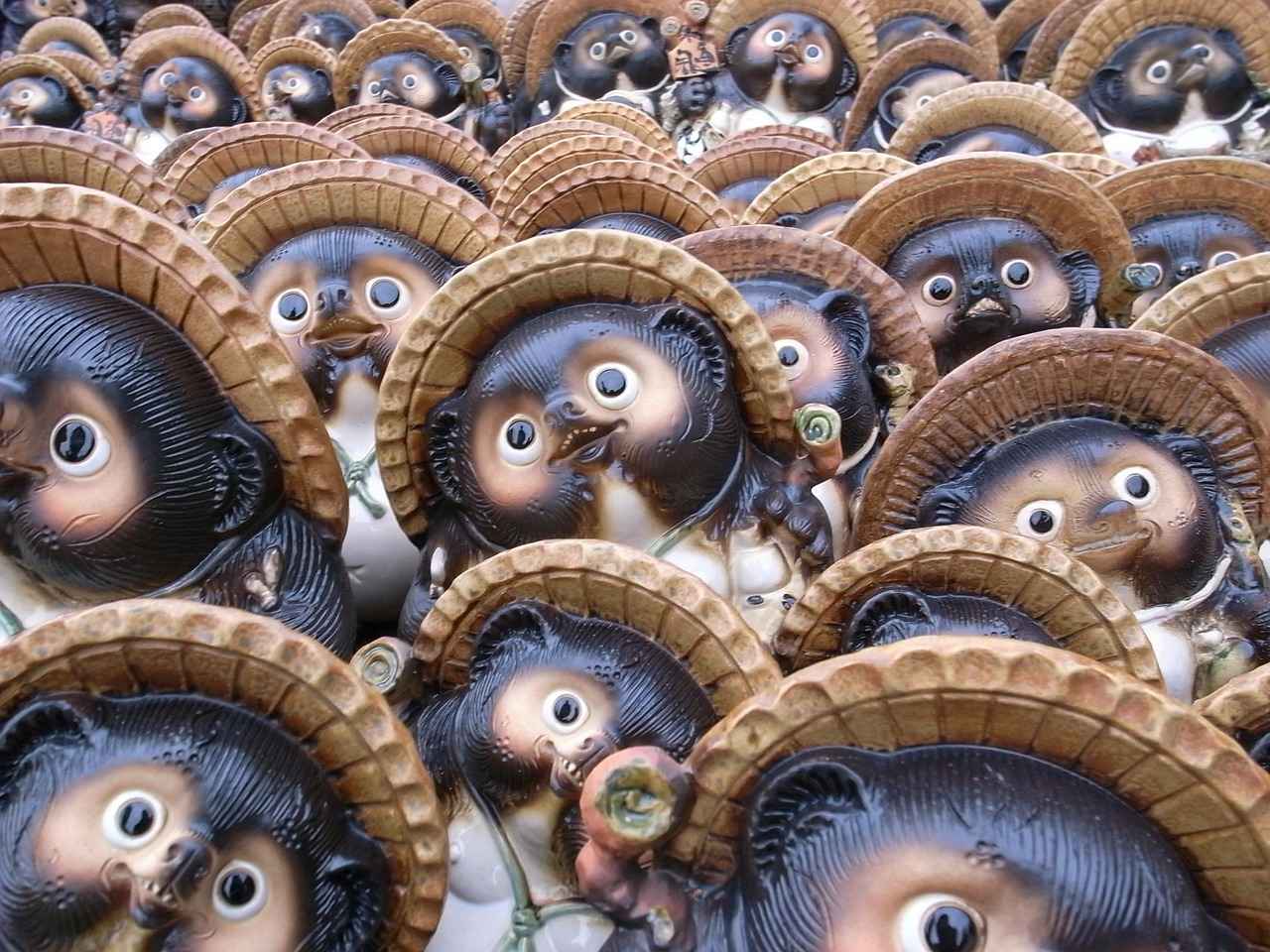
The Origins of Shigaraki Tomura
are essential to understanding the complexities of his character in My Hero Academia. His journey from a troubled child to a notorious villain is marked by several pivotal moments that shaped his psyche and motivations.
Born as Tenko Shimura, Shigaraki’s early life was fraught with challenges. He grew up in a family that was deeply affected by the legacy of heroism. His grandfather, Shimura Nana, was a revered hero, which placed immense pressure on Shigaraki to live up to expectations. Unfortunately, this pressure was compounded by a lack of emotional support from his parents, leading to feelings of isolation and inadequacy.
Shigaraki’s childhood was further marred by a traumatic incident that would forever alter his path. One fateful day, in a fit of rage, he accidentally triggered his quirk, Decay, resulting in the death of his family. This moment was not only traumatic but also marked the beginning of his transformation into a villain. The loss of his loved ones instilled a deep-seated hatred for heroes, whom he blamed for his suffering.
As he navigated his adolescence, Shigaraki became increasingly disillusioned with society. He felt rejected and marginalized, which fueled his desire to dismantle the very system that had caused him so much pain. This combination of familial trauma and societal rejection laid the groundwork for his motivations as a villain.
Through his experiences, Shigaraki evolved into a complex character whose actions are driven by a desire for destruction and revenge. Understanding his origins is crucial for grasping the depth of his motivations and the psychological factors that contribute to his role as a formidable antagonist in My Hero Academia.
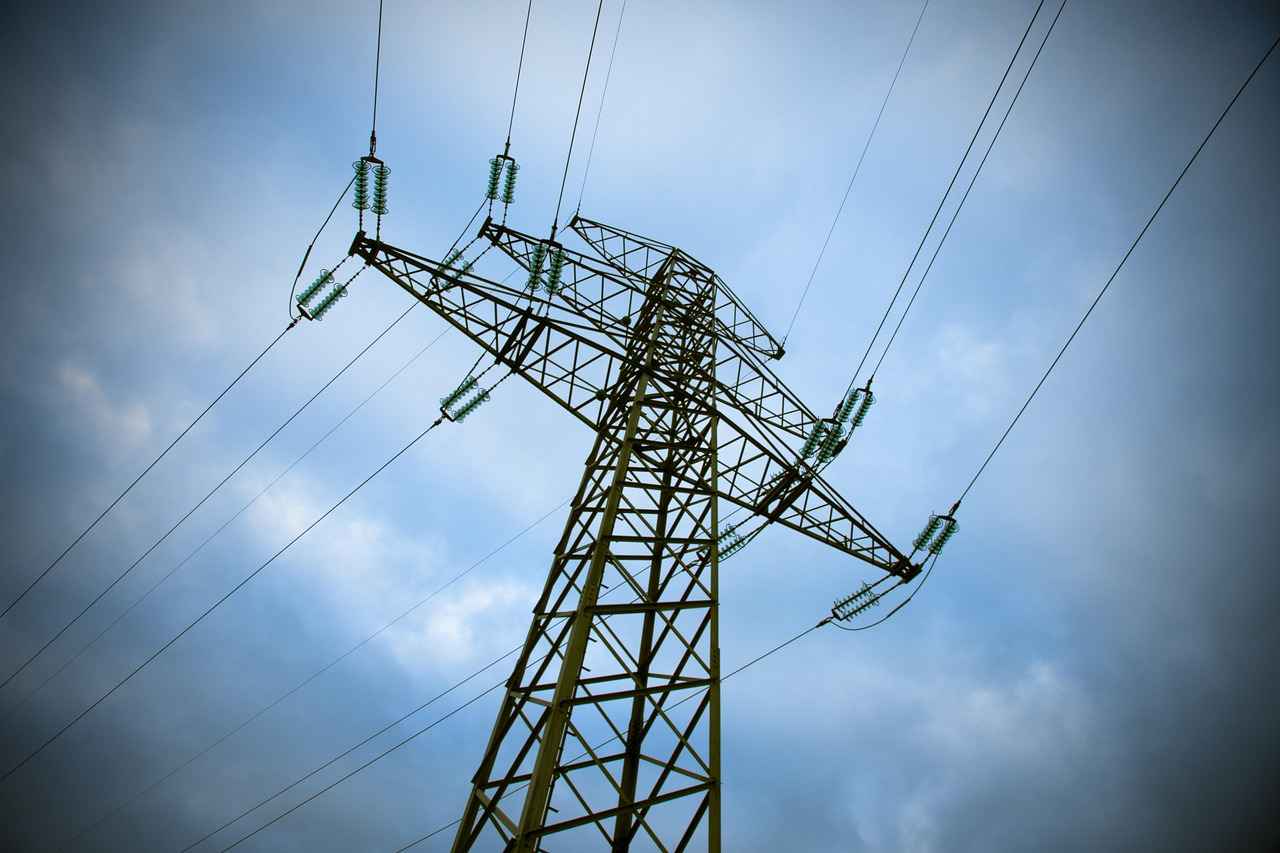
The Quirk: Decay Explained
Shigaraki Tomura’s quirk, Decay, is a pivotal element in his character development and the overarching narrative of My Hero Academia. This ability not only defines his combat style but also serves as a reflection of his inner chaos and emotional struggles. In this section, we will delve into the mechanics of Decay, its strategic implications in battles, and how it amplifies Shigaraki’s menacing persona.
Understanding the Mechanics of Decay
Decay enables Shigaraki to disintegrate anything he touches, causing it to rapidly decompose and turn to dust. This quirk operates at a cellular level, meaning that it can affect both organic and inorganic materials. The range of his ability has evolved, allowing him to disintegrate targets from a distance, showcasing his growing power. The more Shigaraki embraces his villainous identity, the more potent his Decay becomes, symbolizing his complete surrender to chaos and destruction.
Implications in Combat
In battles, Shigaraki’s Decay is a game-changer. It instills fear in his opponents, as a mere touch can lead to their demise. Notable confrontations, such as his fight against the Pro Heroes, highlight his strategic use of Decay. He often employs it to create distractions, dismantle enemy defenses, and control the battlefield. This tactical versatility not only enhances his effectiveness as a villain but also showcases his cunning intellect.
Enhancing the Villainous Persona
Decay is more than just a destructive ability; it embodies Shigaraki’s emotional turmoil and desire for vengeance. Each use of his quirk serves as a reminder of his traumatic past and his rejection of a society that he believes has wronged him. As he unleashes Decay, it becomes a manifestation of his inner rage, further solidifying his role as a formidable antagonist in the series.
In conclusion, Shigaraki’s quirk, Decay, is intricately linked to his character arc. It not only defines his combat style but also reflects his psychological state, making him one of the most compelling villains in My Hero Academia.
The Significance of Decay
In the world of My Hero Academia, Shigaraki Tomura’s quirk, Decay, transcends mere destruction; it serves as a profound reflection of his emotional turmoil and unquenchable desire for annihilation. This section delves into the intricate relationship between Shigaraki’s quirk and his psychological state, illustrating how his powers symbolize his internal chaos.
Decay is not just a tool for battle; it embodies the pain and suffering that Shigaraki has endured throughout his life. From a young age, he faced overwhelming trauma, leading to feelings of abandonment and rage. These emotions manifest in his quirk, which allows him to disintegrate anything he touches. This ability is a physical representation of his wish to erase the world around him, reflecting his deep-seated resentment towards society and its heroes.
Moreover, the psychological aspect of Decay can be seen as a coping mechanism. By exerting control over his surroundings through destruction, Shigaraki attempts to reclaim some semblance of power in a life that has left him feeling powerless. This desire for control is a recurring theme in his character arc, highlighting the complexity of his villainy.
As Shigaraki evolves, so does his quirk. Initially, Decay was limited in scope, but as he confronts his past and embraces his identity as a villain, the power of Decay grows exponentially. This evolution signifies not just an increase in strength but also a deeper acceptance of his role as an agent of chaos.
In conclusion, the significance of Decay extends far beyond its destructive capabilities. It serves as a mirror to Shigaraki’s inner struggles and a testament to his transformation into one of the most formidable antagonists in My Hero Academia. Understanding this connection enriches our comprehension of his character and the overarching narrative of the series.
Decay in Combat
In the world of My Hero Academia, Shigaraki Tomura’s quirk, Decay, is not only a terrifying ability but also a reflection of his strategic mind in combat. Understanding how he utilizes this quirk during battles sheds light on his tactical prowess and psychological state.
Shigaraki’s Decay allows him to disintegrate anything he touches, which he often employs to devastating effect. This power is not merely about destruction; it represents his desire to dismantle the world around him, both physically and metaphorically. His approach to combat is methodical, often using Decay to create chaos and fear among his opponents.
- Notable Fights:
- Vs. Star and Stripe: In this intense battle, Shigaraki demonstrates his adaptability by countering Star and Stripe’s aerial tactics. His ability to decay her equipment showcases his strategic thinking.
- Vs. The Heroes: During his clash with the heroes, Shigaraki uses Decay to turn the tide of battle, showcasing his understanding of the battlefield and his enemies’ weaknesses.
- Vs. Re-Destro: This fight highlights Shigaraki’s growth as he learns to harness his quirk’s full potential, using Decay to dismantle Re-Destro’s defenses effectively.
Shigaraki’s use of Decay in combat is not just about brute force; it reflects his inner turmoil and his quest for meaning in a chaotic world. Each encounter reveals a layer of his character and his evolving strategies, making him one of the most formidable villains in the series.
As Shigaraki continues to grow stronger, his combat strategies will likely evolve, further showcasing the depth of his character and the implications of his quirk. Understanding these dynamics provides valuable insight into his role within the overarching narrative of My Hero Academia.
Decay’s Evolution
As Shigaraki Tomura continues to develop throughout the My Hero Academia series, his quirk, Decay, evolves significantly, mirroring his character growth and the increasing intensity of his ambitions. Initially, Shigaraki’s Decay was a rudimentary ability, capable of disintegrating anything he touches. However, as he faces numerous challenges and undergoes profound transformations, the potency and versatility of his quirk expand dramatically.
With each confrontation, Shigaraki learns to harness the full potential of Decay, allowing him to manipulate its effects more strategically. This evolution is not merely about power; it reflects his deepening understanding of his role as a villain. The more he embraces his identity, the more formidable his abilities become. For instance, during pivotal battles, he demonstrates an ability to affect larger areas and even targets at a distance, showcasing a significant upgrade from his earlier limitations.
Moreover, Shigaraki’s emotional state is intricately linked to the evolution of his quirk. As he grapples with feelings of rage, loss, and a desire for destruction, Decay becomes a physical manifestation of his turmoil. This connection adds layers to his character, making him not just a villain but a tragic figure shaped by his past. The evolution of Decay parallels his journey towards becoming the ultimate antagonist, as each enhancement in his quirk symbolizes a step closer to achieving his dark ambitions.
In summary, the evolution of Shigaraki’s Decay is a crucial aspect of My Hero Academia, serving as a reflection of his character development. As he grows stronger, both in power and resolve, his quirk becomes a more potent tool in his quest to dismantle the hero society, further cementing his role as a significant threat within the narrative.
Relationship with All For One
Shigaraki’s Relationship with All For One is a pivotal aspect of his character development in My Hero Academia. This mentor-student dynamic not only shapes Shigaraki’s ambitions but also influences his evolution into one of the series’ most formidable antagonists.
Initially, Shigaraki Tomura is portrayed as a lost individual, grappling with his traumatic past and the weight of his quirk, Decay. When he comes under the wing of All For One, the notorious villain and mastermind, Shigaraki finds a figure who recognizes his potential. This relationship transforms Shigaraki’s outlook on power and villainy, providing him with the guidance he desperately needs.
All For One serves as a mentor, teaching Shigaraki not only how to harness his abilities but also how to manipulate others to achieve his goals. This dynamic is reminiscent of classic mentor-student relationships, where the mentor imparts knowledge and skills while also instilling a particular ideology. In Shigaraki’s case, All For One’s philosophy of chaos and destruction resonates deeply, aligning with Shigaraki’s own desires for revenge against society.
Moreover, Shigaraki’s evolution is marked by the influence of All For One’s ambitions. As Shigaraki absorbs the teachings of his mentor, he begins to envision a world devoid of heroes, mirroring All For One’s long-standing vendetta against them. This shared vision solidifies their bond, as Shigaraki starts to see himself not just as a follower but as a potential successor to All For One’s legacy.
However, this relationship is not without its complexities. As Shigaraki grows stronger, he grapples with his own identity and the weight of All For One’s expectations. This internal conflict adds depth to his character, showcasing his struggle to balance his ambitions with the influence of his mentor.
In conclusion, the relationship between Shigaraki and All For One is instrumental in shaping Shigaraki’s character arc. It highlights the themes of power, manipulation, and ambition that are central to the narrative of My Hero Academia. As Shigaraki continues to evolve, the impact of this dynamic will undoubtedly play a crucial role in his future actions and the overarching storyline.

The Role of Trauma in Shigaraki’s Development
Trauma is a powerful force that shapes individuals, and in the case of Shigaraki Tomura, it serves as the foundation of his motivations and worldview. Understanding this aspect of his character is essential to grasping the complexities of his villainous identity in My Hero Academia.
- Family Trauma: The loss of his family is a pivotal moment in Shigaraki’s life. This traumatic event instilled a profound sense of abandonment and anger within him. His inability to cope with this loss fuels his hatred towards heroes, whom he blames for his suffering. It is this deep-seated rage that drives him to seek vengeance against a society that he perceives as responsible for his pain.
- Societal Rejection: Shigaraki’s experiences of isolation and rejection by society further exacerbate his trauma. Growing up in a world that shunned him only deepened his feelings of worthlessness and despair. This societal rejection not only pushes him towards villainy but also reinforces his belief that destruction is the only way to gain recognition and power.
Moreover, Shigaraki’s trauma is not just a backstory; it actively shapes his actions and decisions. His quirk, Decay, serves as a metaphor for his emotional state, representing his desire to obliterate the world that has caused him so much pain. Each use of his power is a manifestation of his inner turmoil.
In conclusion, Shigaraki’s past experiences of trauma are integral to understanding his character. They not only drive his motivations but also contribute significantly to his development as one of the most compelling villains in the series. By examining the impact of his family loss and societal rejection, we can gain insights into the complexities that define Shigaraki Tomura.
Family Trauma
plays a crucial role in the development of Shigaraki Tomura, one of the most complex characters in My Hero Academia. His traumatic experiences significantly shape his worldview and drive his actions throughout the series. Understanding the depth of this trauma is essential to grasping the motivations behind his intense hatred for heroes and society at large.
Shigaraki’s early life was marred by tragedy. Growing up in a dysfunctional family, he faced severe neglect and abuse at the hands of his father, who was a hero. This created a deep-seated resentment towards heroes, whom he perceived as hypocrites. The pivotal moment in his life came when he accidentally caused the death of his family, an event that left him emotionally scarred. This loss not only solidified his feelings of isolation but also fueled his belief that heroes are ultimately destructive.
The impact of this trauma is profound. It manifests in Shigaraki’s desire to dismantle the very society that failed him. He views heroes as symbols of a system that perpetuates suffering, and his actions reflect a deep-seated need for revenge against a world that he believes has wronged him. This perspective leads him to embrace villainy as a means of expressing his pain and anger.
Moreover, Shigaraki’s family trauma contributes to his complex relationship with power. He associates strength with the ability to inflict pain, which is evident in his quirk, Decay. This ability symbolizes his inner turmoil and the destructive path he has chosen. As he advances in his villainous pursuits, his trauma serves as both a catalyst for his actions and a lens through which he interprets his experiences.
In summary, Shigaraki’s family trauma is not just a backstory element; it is a driving force behind his evolution into a formidable antagonist. By examining this aspect of his character, we gain a deeper understanding of his motivations and the societal implications of his actions.
Societal Rejection
In the world of My Hero Academia, the character of Shigaraki Tomura serves as a poignant example of how societal rejection can profoundly shape an individual’s path. Shigaraki’s journey into villainy is not merely a product of his inherent abilities or desires; rather, it is deeply intertwined with the feelings of isolation and neglect he experienced throughout his life.
From a young age, Shigaraki faced significant trauma and loss, which laid the foundation for his eventual hatred towards society. His family, which should have been a source of love and support, turned into a source of pain and abandonment. This early rejection instilled in him a sense of worthlessness, making him feel as though he did not belong. As he grew older, these feelings intensified, leading him to believe that the world was against him. This belief became a driving force behind his actions, pushing him further down the path of villainy.
Moreover, Shigaraki’s experiences reflect a broader commentary on how society often marginalizes those who do not conform to its standards. His quirk, Decay, symbolizes not only his destructive powers but also his emotional state. The ability to disintegrate anything he touches parallels his desire to dismantle the very society that rejected him. In this way, his villainous actions can be seen as a rebellion against the societal norms that ostracized him.
As we delve deeper into Shigaraki’s narrative, it becomes clear that societal rejection plays a pivotal role in shaping his motivations. His quest for destruction is not just an aimless pursuit of chaos; it is a response to the pain inflicted upon him by a world that failed to accept him. In understanding this aspect of his character, we gain insight into the complexities of villainy and the factors that drive individuals like Shigaraki to become the antagonists they are.
Ultimately, Shigaraki’s story serves as a reminder of the critical importance of empathy and acceptance in our society. By addressing the root causes of rejection and isolation, we can work towards a world that fosters understanding and support, rather than one that breeds villains.
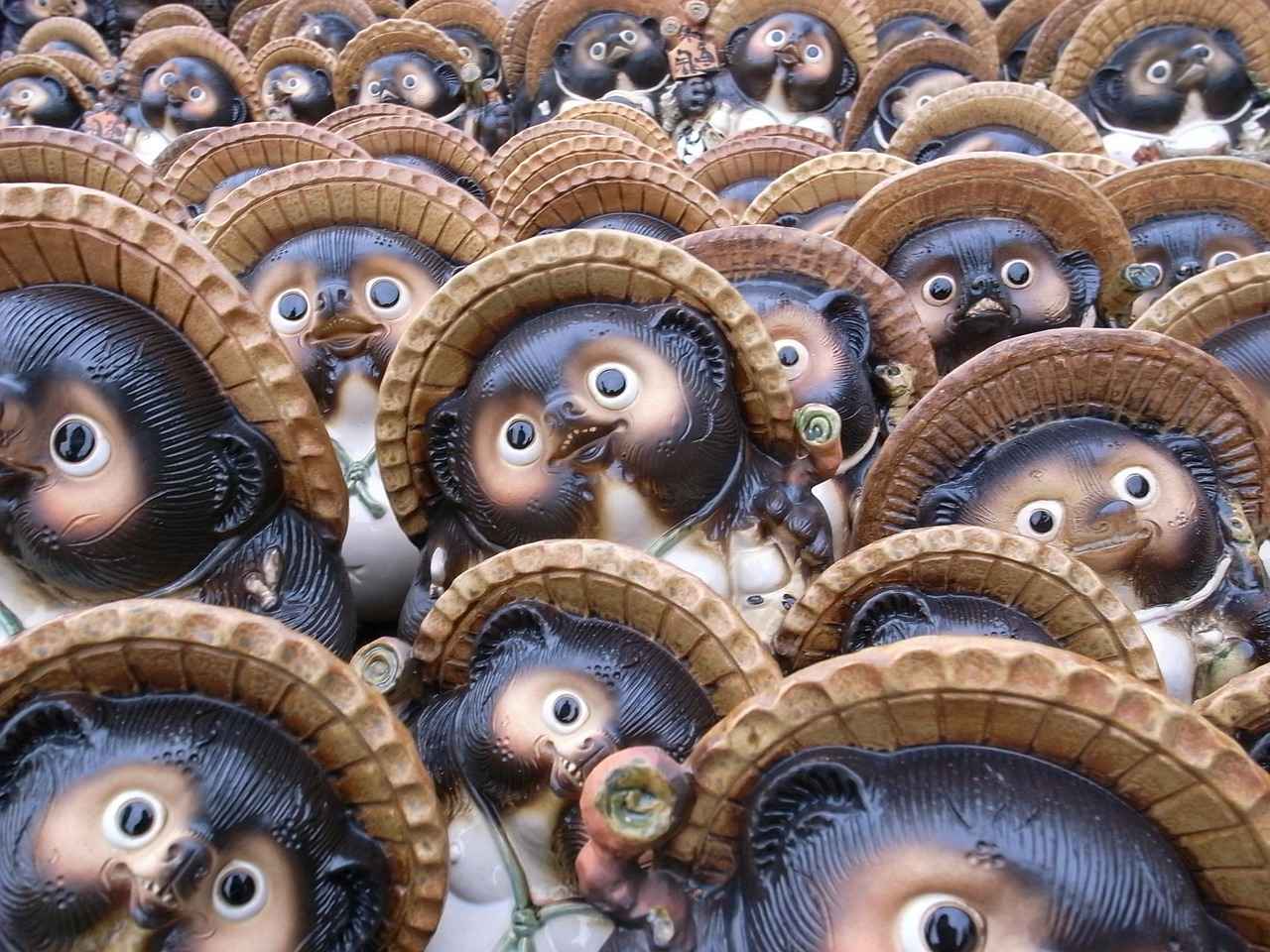
Shigaraki’s Role in the Villain Alliance
As a pivotal figure within the League of Villains, Shigaraki Tomura embodies the essence of leadership and vision that drives the organization forward. His role is not merely that of a subordinate; rather, he is the strategic mastermind whose decisions and actions significantly impact the league’s direction and effectiveness.
Shigaraki’s leadership qualities are evident in his ability to inspire and unite a diverse group of villains. He possesses a unique charisma that allows him to command respect from his peers, making him a central figure in the organization. His strategic mind enables him to devise plans that exploit the weaknesses of society and the heroes who protect it. This section will explore the various aspects of his leadership:
- Visionary Goals: Shigaraki’s ambition to dismantle hero society is a driving force behind his leadership. His vision resonates with the other members, motivating them to follow him into battle.
- Adaptability: Shigaraki demonstrates a remarkable ability to adapt to changing circumstances. His quick thinking during battles allows him to turn the tide in favor of the League.
- Conflict Resolution: He often mediates conflicts within the group, ensuring that the villains remain focused on their shared objectives.
Shigaraki’s interactions with fellow villains also contribute to his character depth. His relationships with characters like Dabi and Toga reveal his influence and the dynamics within the League:
- Dabi: Their relationship is complex, marked by mutual respect and a shared desire for destruction. Shigaraki often relies on Dabi’s fiery abilities to execute his plans.
- Toga: Shigaraki’s connection with Toga adds a layer of emotional depth to his character. Her admiration for him showcases his ability to inspire loyalty and passion among the villains.
In conclusion, Shigaraki’s role in the League of Villains is multifaceted. His leadership not only shapes the organization’s strategies but also influences the dynamics among its members. As he continues to evolve, his impact on the League and the world of My Hero Academia becomes increasingly profound.
Leadership Qualities
Shigaraki Tomura’s ascent within the League of Villains is a testament to his exceptional leadership qualities and strategic acumen. His journey from a troubled youth to a commanding figure in the villainous landscape of My Hero Academia is marked by a profound understanding of manipulation, charisma, and tactical planning.
Shigaraki’s leadership style can be characterized by a few key elements:
- Visionary Thinking: Shigaraki possesses a clear vision for a world devoid of heroes, which serves as a rallying point for his followers. His ability to articulate this vision inspires loyalty and commitment among the League’s members.
- Charismatic Influence: Despite his often cold demeanor, Shigaraki has a unique charisma that draws others to him. He understands the motivations and desires of his peers, allowing him to forge strong connections that enhance group cohesion.
- Strategic Manipulation: His strategic mind enables him to manipulate situations to his advantage. Shigaraki expertly assesses the strengths and weaknesses of both allies and enemies, using this knowledge to orchestrate complex plans that maximize his chances of success.
- Adaptability: Shigaraki demonstrates remarkable adaptability in the face of challenges. He learns from setbacks, adjusting his strategies and approaches as needed, which allows him to stay one step ahead of his opponents.
Moreover, Shigaraki’s effectiveness in uniting the villains stems from his ability to recognize and harness the unique talents of each member. He encourages collaboration among the League’s diverse personalities, fostering an environment where everyone feels valued and empowered to contribute.
In conclusion, Shigaraki Tomura’s leadership qualities not only solidify his position within the League of Villains but also highlight his potential to reshape the world of My Hero Academia. His strategic prowess, combined with his ability to inspire and unite, makes him a formidable antagonist whose influence will undoubtedly leave a lasting impact on the series.
Interactions with Fellow Villains
Shigaraki’s relationships with other villains provide significant depth to his character, showcasing his evolving dynamics and influence within the League of Villains. This section will delve into his interactions with key characters like Dabi and Toga, highlighting how these relationships shape both his character and the group as a whole.
- Dabi: The bond between Shigaraki and Dabi is complex and layered. Both characters share a common goal of dismantling hero society, but their methods and motivations differ. Dabi, with his fiery demeanor, often challenges Shigaraki’s leadership, introducing an element of tension. This rivalry pushes Shigaraki to assert his authority while also learning to navigate the intricacies of villainous leadership.
- Toga: In contrast to Dabi, Toga’s infatuation with Shigaraki adds another dimension to their relationship. Toga’s playful yet deadly nature often lightens the atmosphere, providing a stark contrast to Shigaraki’s grim outlook. Their interactions reveal Shigaraki’s softer side, as he occasionally shows understanding towards her chaotic personality. This dynamic not only enriches Shigaraki’s character but also strengthens the group’s cohesion, as Toga often rallies support for Shigaraki’s plans.
Moreover, Shigaraki’s influence extends beyond individual relationships. His leadership style, characterized by a mix of intimidation and strategic vision, fosters a sense of loyalty among his peers. As he navigates the complexities of villainy, his interactions with Dabi and Toga exemplify the duality of his character—both a ruthless leader and a troubled individual seeking connection.
In conclusion, Shigaraki’s relationships within the League of Villains are pivotal in shaping his character and the overall narrative. By analyzing his dynamics with Dabi and Toga, we gain a deeper understanding of his motivations and the intricate web of alliances that define the villainous landscape of My Hero Academia.
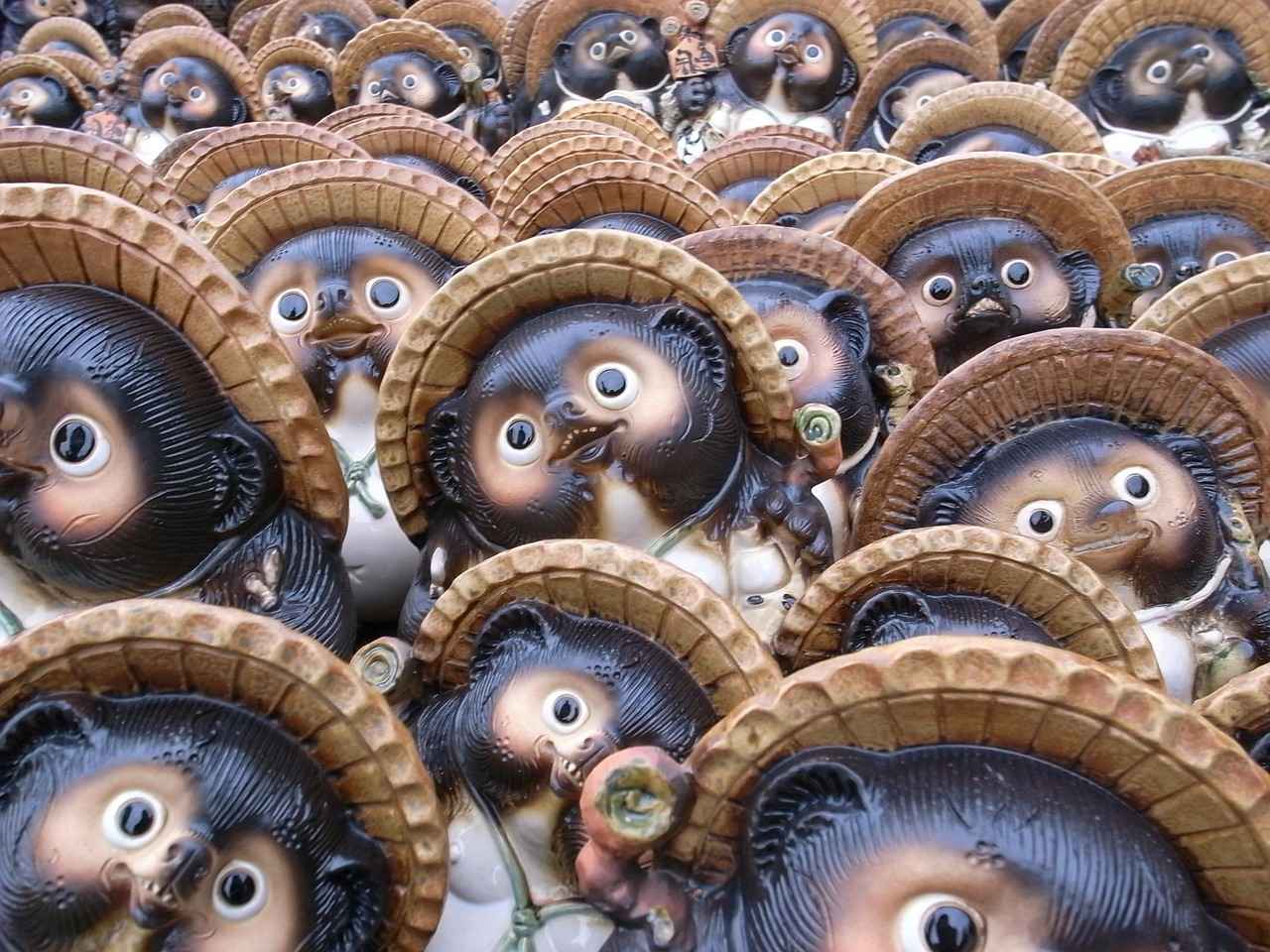
Shigaraki’s Ultimate Goals
Understanding Shigaraki Tomura’s ambitions is crucial for grasping the depths of his character in My Hero Academia. His ultimate goals reveal not only his motivations but also the profound impact of his past on his present actions. This section will explore Shigaraki’s vision for a world devoid of heroes, highlighting the psychological and philosophical underpinnings of his desires.
At the core of Shigaraki’s ambitions lies a deep-seated resentment towards hero society. This resentment is fueled by his traumatic childhood experiences, particularly the loss of his family and the subsequent rejection he faced from society. He perceives heroes as symbols of oppression, representing a system that failed him. Thus, his primary goal is the dismantling of hero society, which he believes will liberate those who, like him, have suffered under its rule.
Shigaraki envisions a new world, one where individuals are free from the constraints imposed by heroism. This ideology is not merely about destruction; it reflects his desire for authenticity and freedom. In his view, a world without heroes would allow people to embrace their true selves without fear of judgment or persecution. This radical vision drives him to seek alliances with other villains, as they share a common goal of overthrowing the existing order.
Moreover, Shigaraki’s ambitions extend beyond mere chaos; he aims to create a legacy that challenges the very foundations of society. His vision is a profound commentary on the nature of power and morality, questioning whether heroes are truly virtuous or simply enforcers of an unjust status quo. This complex narrative makes Shigaraki a multifaceted character, as his goals resonate with themes of rebellion and transformation.
In conclusion, Shigaraki’s ultimate goals encapsulate his profound discontent with the world around him. His vision for a hero-less society serves as both a personal vendetta and a broader critique of societal norms, making him one of the most compelling antagonists in My Hero Academia. Understanding these ambitions is key to appreciating the intricate layers of his character.
Destruction of Hero Society
Shigaraki Tomura’s ambition to dismantle the hero society is deeply rooted in his personal grievances and experiences. His journey from a troubled child to the leader of the League of Villains showcases a profound transformation driven by trauma and societal rejection. Understanding the motivations behind his desire to destroy the existing order is essential to grasping his role in the overarching narrative of My Hero Academia.
At the core of Shigaraki’s motivations lies a sense of betrayal. Growing up in a world where heroes are idolized, he faced unimaginable loss and abandonment, which fueled his hatred for those who claim to protect society. The traumatic events of his childhood, including the loss of his family, left him feeling isolated and angry. This emotional turmoil manifests in his desire to tear down the very system that failed him.
Moreover, Shigaraki’s perspective on heroes is heavily influenced by his experiences. He views them as hypocritical figures who maintain a facade of justice while neglecting the pain of those like him. This disillusionment drives his belief that a world without heroes would be a better place, free from the hypocrisy and expectations that come with their existence.
Shigaraki’s ideology extends beyond mere destruction; he envisions a complete reconstruction of society. He believes that by dismantling the hero system, he can create a new world where individuals are free to express themselves without the constraints imposed by heroic ideals. This radical vision compels him to take extreme measures, as he sees himself as a catalyst for change.
In conclusion, Shigaraki’s desire to destroy hero society is not just a quest for vengeance; it is a complex response to his traumatic past and a reflection of his aspirations for a new world order. As the series progresses, the implications of his goals will undoubtedly shape the narrative’s direction and challenge the very foundations of heroism.
Creating a New World
is a fundamental aspect of Shigaraki Tomura’s character in My Hero Academia. His vision for a society devoid of heroes stems from his traumatic past and deep-seated grievances against the established order. This section will explore the ideological underpinnings of Shigaraki’s ambitions, the motivations that drive his actions, and the implications for the world of My Hero Academia.
Shigaraki’s desire for a new world is not merely a quest for power; it is deeply rooted in his experiences of loss and betrayal. Growing up in a dysfunctional family, he faced neglect and abuse, which fostered a profound hatred for the concept of heroism that he associates with his suffering. He sees heroes not as saviors but as symbols of oppression that uphold a flawed societal structure. This perspective fuels his resolve to dismantle the hero society and create a new reality where individuals are liberated from the constraints imposed by those who wield power.
In Shigaraki’s vision, the new world he seeks to create is one where individual freedom reigns supreme, free from the judgment and expectations of heroes. He believes that by eliminating heroes, he will pave the way for a society that embraces chaos and destruction, allowing individuals to define their own paths without fear of retribution. This ideology resonates with many of his followers, who share similar feelings of alienation and resentment towards the established order.
Moreover, Shigaraki’s ambition is not just about destruction; it is also about rebirth. He envisions a world where the weak are no longer trampled by the strong, where survival of the fittest becomes the new norm. This radical transformation reflects his desire to overturn the existing power dynamics, making way for a society built on anarchy rather than heroism.
In conclusion, Shigaraki’s quest to create a new world is a complex interplay of his personal traumas and broader societal critiques. His ideology serves as a driving force behind his actions, influencing not only his character development but also the overarching narrative of My Hero Academia. As the series progresses, the implications of his vision will undoubtedly shape the future of both heroes and villains.
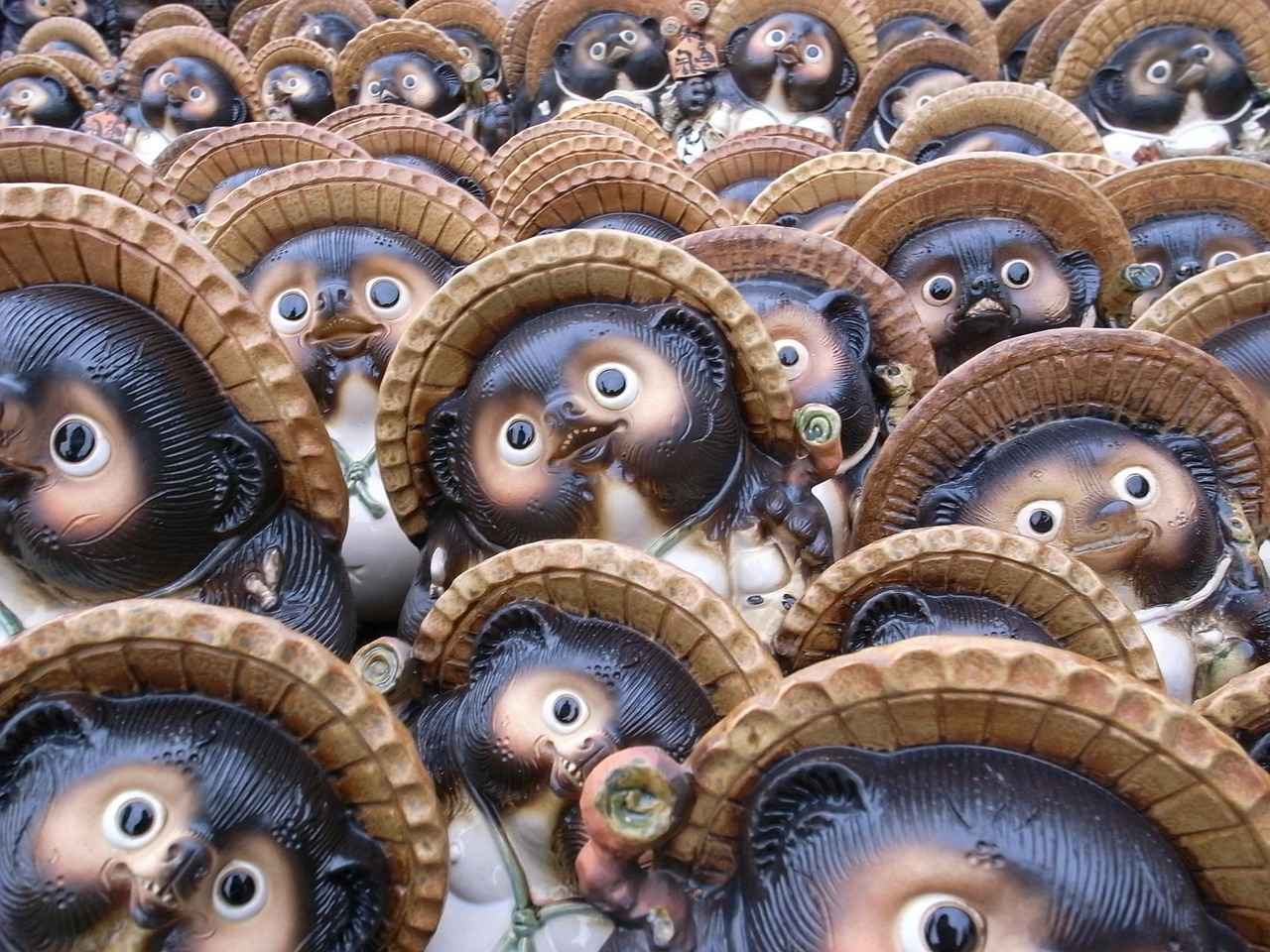
The Future of Shigaraki in My Hero Academia
As the narrative of My Hero Academia unfolds, Shigaraki Tomura continues to evolve into a multifaceted antagonist. This section will delve into the potential developments in his character arc, examining how his journey may influence the overarching story.
Shigaraki’s evolution is not merely a progression of power; it is a complex interplay of psychological growth and moral ambiguity. As he confronts the consequences of his past actions and the weight of his ambitions, there is a possibility that he may experience a significant transformation. This could lead to a redemption arc, where Shigaraki grapples with his motivations and the impact of his choices on those around him.
Furthermore, Shigaraki’s relationship with All For One plays a crucial role in shaping his future. As he begins to question the true nature of power and control, the dynamic between mentor and student may shift dramatically. Will Shigaraki seek to break free from All For One’s influence, or will he embrace it fully, leading to a climactic confrontation?
Another aspect to consider is Shigaraki’s impact on the series’ conclusion. His actions are likely to be pivotal in the final battles between heroes and villains. The stakes are high, and his decisions could either lead to the destruction of hero society or pave the way for a new order.
Ultimately, Shigaraki’s character arc remains one of the most intriguing elements of My Hero Academia. As fans speculate on his future, it is clear that his journey will significantly affect not only his fate but also the fate of the entire world within the series.
Potential Redemption Arc
Could Shigaraki Undergo a Redemption Arc? This question has intrigued fans of My Hero Academia since the character’s introduction. Shigaraki Tomura, initially portrayed as a ruthless villain, has complex motivations rooted in trauma and societal rejection. The potential for a redemption arc hinges on several factors, including character growth, themes of forgiveness, and the possibility of change.
Throughout the series, Shigaraki’s backstory reveals a deeply troubled individual shaped by loss and isolation. His early experiences with family trauma and societal rejection foster a sense of anger and despair. However, these same experiences can also be the catalyst for transformation. If Shigaraki encounters individuals who show him compassion, it could lead to significant character development.
Exploring Themes of Forgiveness
- Forgiveness is a powerful theme in many narratives, and for Shigaraki, it could serve as a turning point.
- Characters who embody forgiveness, such as Izuku Midoriya, could play a crucial role in Shigaraki’s journey towards redemption.
- Understanding and confronting his past may provide Shigaraki with an opportunity to heal.
Possibility of Change
Change is a central element of any redemption arc. Shigaraki’s evolution throughout the series suggests that he is capable of growth. As he faces challenges and confronts his inner demons, there may be moments of reflection that lead him to question his path. The potential for change is further emphasized by the relationships he forms with other characters.
In conclusion, while Shigaraki is currently seen as the ultimate villain, the possibility of a redemption arc remains open. Themes of forgiveness and the potential for change are integral to his character development. As the story unfolds, fans are left to ponder whether Shigaraki can overcome his past and emerge as a more complex individual, capable of understanding the value of heroism and connection.
Impact on the Series’ Conclusion
Shigaraki Tomura’s character arc is intricately woven into the fabric of My Hero Academia, and his role is poised to be pivotal in the series’ climax. As we delve deeper into the narrative, it becomes clear that Shigaraki’s actions will significantly shape the outcome of the final battles, influencing the fates of both heroes and villains alike.
First and foremost, Shigaraki’s evolution from a troubled child to a formidable antagonist underscores his importance in the series. His quirk, Decay, not only serves as a powerful weapon but also symbolizes his emotional turmoil and desire for destruction. This duality makes him a compelling character whose motivations resonate with audiences. His drive to dismantle the hero society stems from a complex mix of personal trauma and societal rejection, which adds depth to his villainous persona.
Moreover, Shigaraki’s leadership within the League of Villains has transformed the organization into a serious threat to society. His strategic mind and ability to unite disparate villains under a common cause have elevated the stakes for the heroes. As the series approaches its climax, the alliances he has forged and the enemies he has made will play a crucial role in the unfolding conflict.
As the final battles loom, Shigaraki’s ultimate goals become increasingly clear. His vision for a world devoid of heroes is not just a personal vendetta; it reflects a broader critique of hero society itself. This ideological battle will likely culminate in a showdown that tests not only the physical abilities of the characters but also their moral convictions.
In conclusion, Shigaraki’s impact on the series’ conclusion is undeniable. His actions, motivations, and relationships will shape the narrative’s final arcs, determining the fate of both heroes and villains. As fans eagerly anticipate the climax, it is Shigaraki’s evolution that will undoubtedly hold the key to the series’ resolution.
